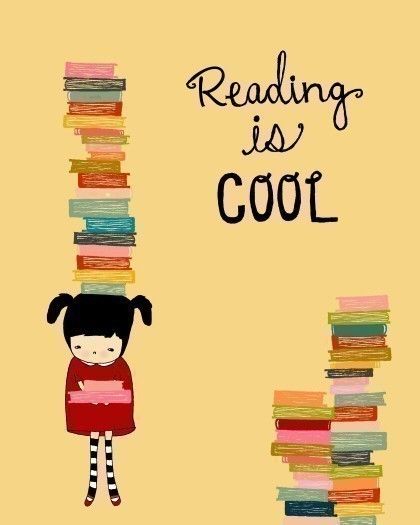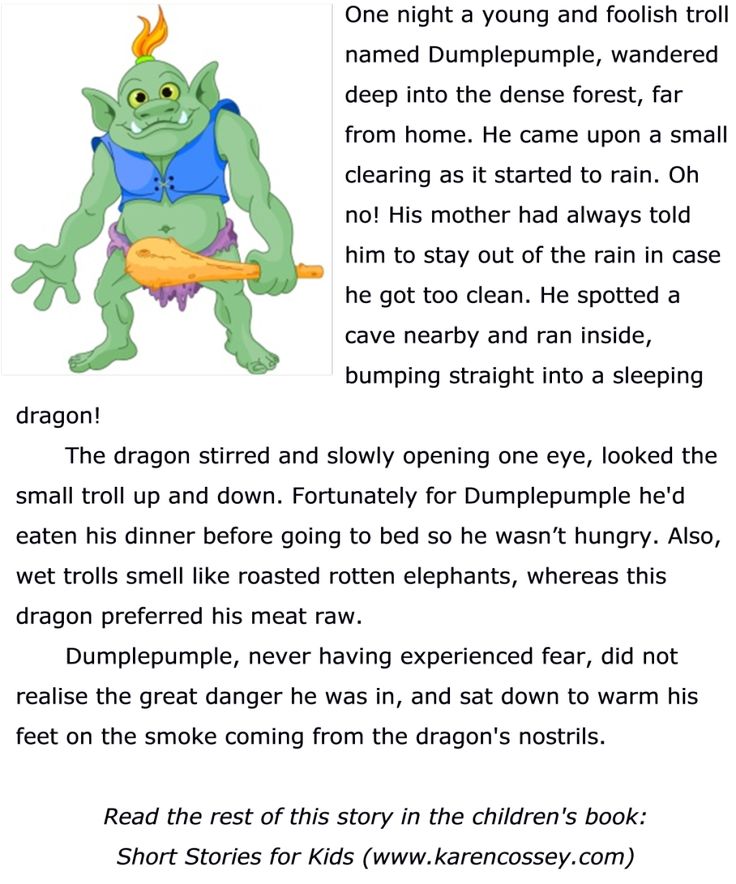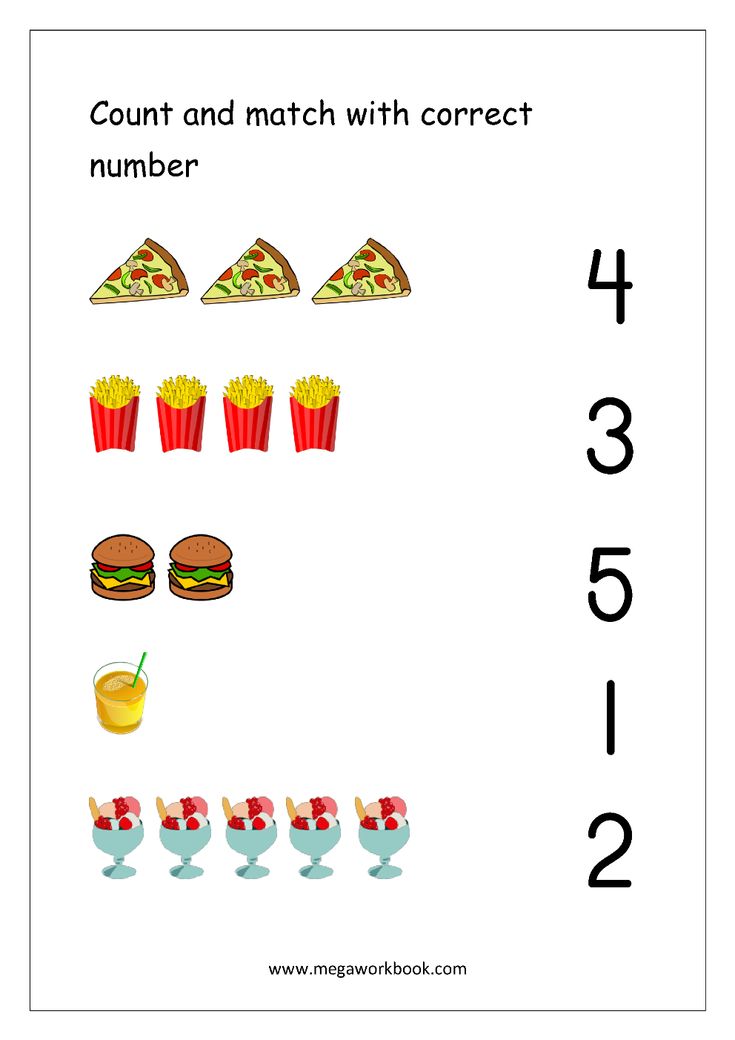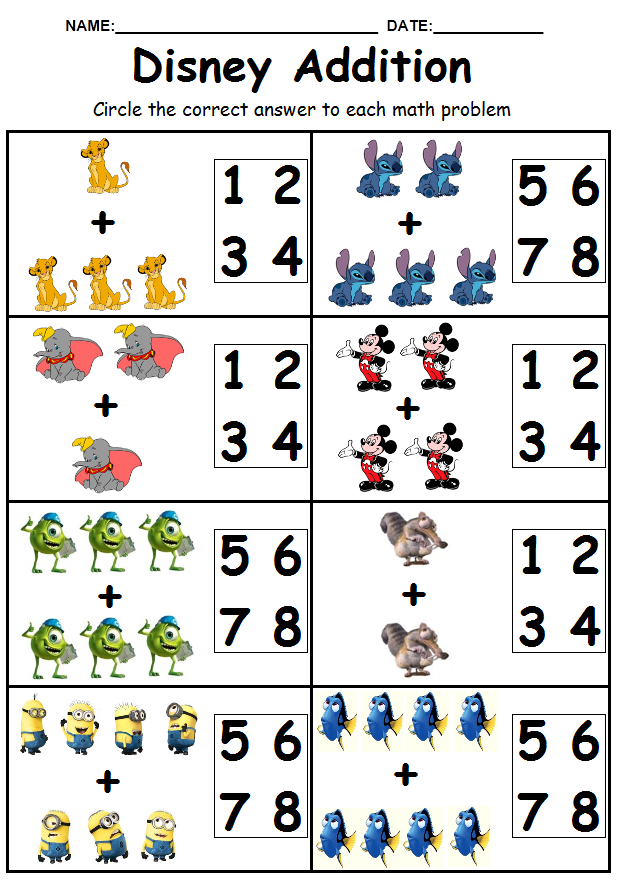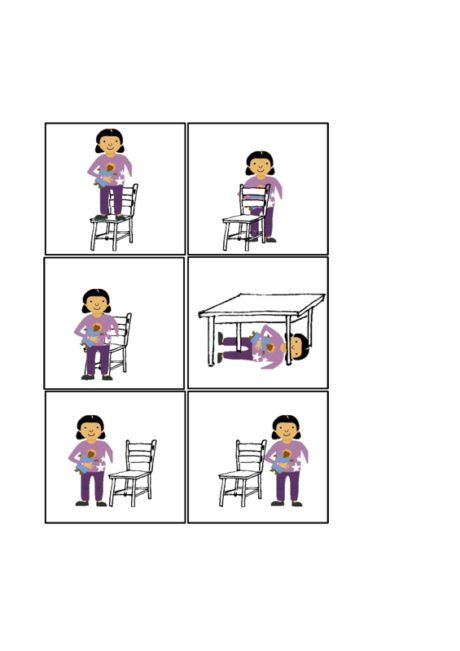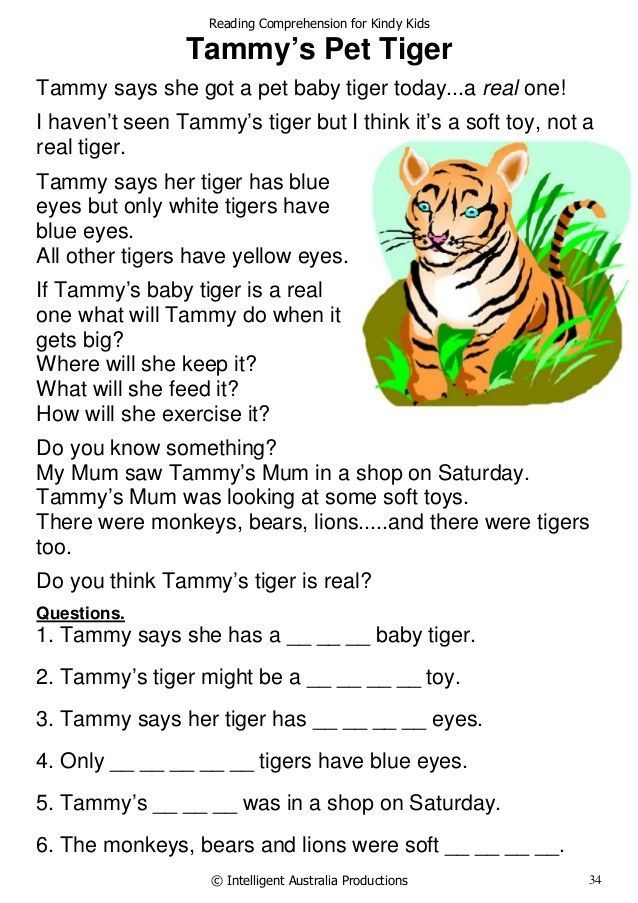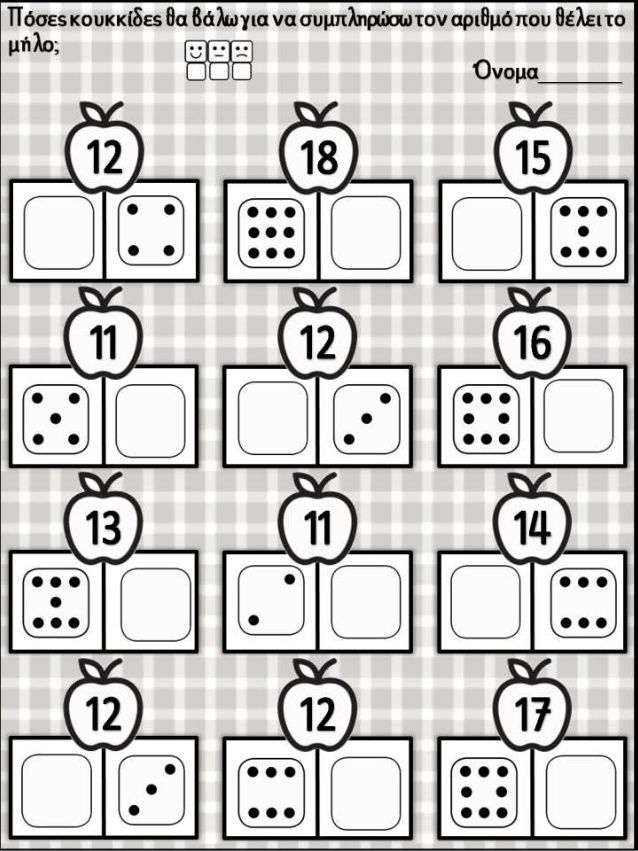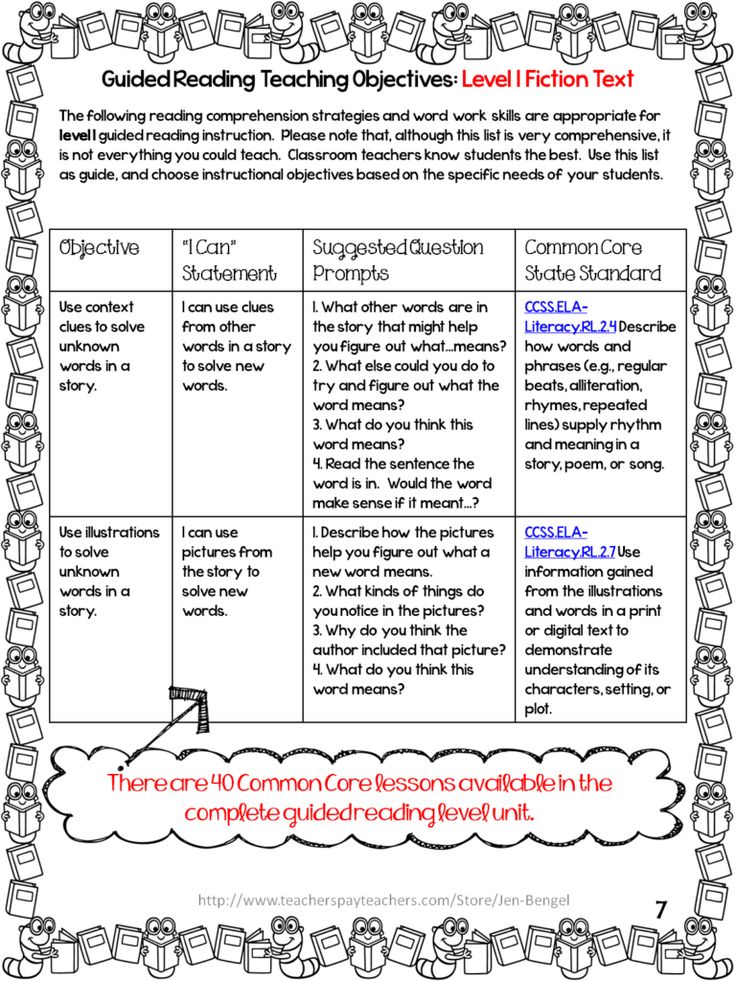Reading is fun
The Reading is Fun Program in Schenectady, NY
Mission Statement
The Reading is Fun Program (RIF)
mobilizes volunteers to reinforce reading-readiness and conversational skills and vocabulary to Schenectady's most challenged youngsters ages 4-9.
The Reading Is Fun Program is free of charge to its participants. The program will gladly accept donations to help defray the costs associated with administering the program. Please click Donate on the menu bar above to see how you can send in your donations.
So far this school year we have 88 volunteers working with 188 students throughout the 11 elementary schools.
The 3rd SCRABBLE-RAMA at Schenectady High School will be held on April 22, 2023!
More information
Donate Books!
We are looking for books for ages 4-9 that are in very good to new condition. In particular we are looking for Early Readers, Early Chapter Books, Sight Word Books. Especially welcome are books with diverse characters. We will also accept very gently used art supplies and games. Please go to the contact us page to email us and we will set up a collection day/time. THANK YOU!"
Contact Us
· Suggestions for Type of books we need
Early readers - books with large print and limited vocabulary i.e. Step Into Reading; I Can Read; etc. with a 1 or 2 on the cover
· Dr. Seuss books - Hop on Pop, Fox in Socks, The Foot/Nose/Ear etc. Book, 10 Apples Up On Top, Put Me In The Zoo. But not Seuss books based on the recent PBS series or the longer books like Horton Hears a Who or Yertle the Turtle, etc. They are too difficult for our students.
· Popular Character books - Peppa Pig, Paw Patrol, PJ Masks, Fly Guy, Pete the Cat, Super Heros, Lego, Teenage Mutant Ninja Turtles, Dora,
· Classic themes - princess, unicorn, trucks, etc.
· Classic books - Eric Carle (brown bear, polar bear, caterpillar), Eve Bunting, Rhyming, Going on a Bear Hunt, Itsy Bitsy Spider, etc.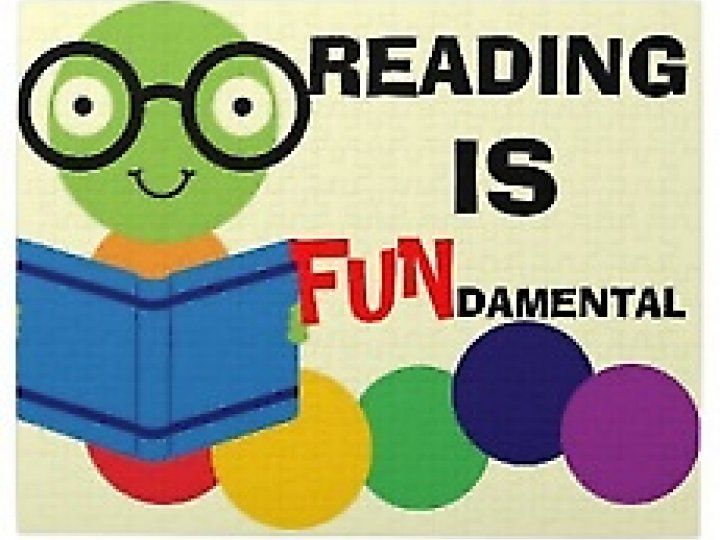
· Newer classics - Mo Willems, Ted Arnold, Froggy books,
· Non-Fiction - Easy reader (no higher than a 2 on the cover) about animals, etc.
Volunteers Needed
Great news! We are back in person this school year.
Go to the Volunteer Page to learn more and sign up.
For more information and to volunteer
Click here:
Volunteer Information
The Program
It is our goal that every 4-year-old to 9-year-old in Schenectady learn the letters in the alphabet and their sounds and have fun doing it! Conversational skills are used to help youngsters develop vocabulary to help build the basis for them to be successful in school and throughout life.
Volunteers read books to or with students depending on the students reading level. Games are often used to help with letter recognition and sight words. Books are provided to volunteers and are given to the students to build a home library.
Sessions occur:
1. Once a week at convenient times
2. For 30–60 minute sessions
No teaching experience is necessary to volunteer. Volunteers are trained in one-hour sessions conducted by literacy educators and reading teachers. We also are offering virtual training, so volunteers feel comfortable with Google Meet which is how we are working with students currently.
"Once you learn to read, you will be forever free." - Frederick Douglass
"Children are made readers on the laps of their parents." — Emilie Buchwald
Want to learn more about our program.
Why reading for fun is not a chore – The NAU Review
Views from NAU
*Editors note: The “Views from NAU” blog series is written by NAU affiliates and reflects the views of the author.
By
Nicole WalkerProfessor from NAU’s Department of English
I teach creative writing to both undergrads and grad students. I started this semester off with a question to my students about what they were reading for fun. “Nothing!” was the resounding roar. But I dug a little deeper. They’re all reading—just in different ways. One student was analyzing lines from the Netflix show she’d been bingeing. Three students talked about the way they’d been working out their Dungeons and Dragons games. A cluster of students remarked on what video game they were playing and then gently teased me when I got the name of it wrong—and have now completely forgotten its title. Another student was gleefully in the middle of the saddest book ever written, A Little Life, by Hanya Yanagihara, which I also read and told her to stop reading! It’s too sad. There’s no better way to get people to read something than to tell them to stop. I didn’t tell them to stop their other “readings.” Maybe the Netflix and D&D and video-game-whose-name-I-can’t-remember aren’t books, but they do a lot of what books do—they engage the imagination, they lead us to analyze characters’ psychological motivations, to build worlds, to invest in the avatar/protagonist’s struggle—they build empathy too, although probably not as quickly as books.
I started this semester off with a question to my students about what they were reading for fun. “Nothing!” was the resounding roar. But I dug a little deeper. They’re all reading—just in different ways. One student was analyzing lines from the Netflix show she’d been bingeing. Three students talked about the way they’d been working out their Dungeons and Dragons games. A cluster of students remarked on what video game they were playing and then gently teased me when I got the name of it wrong—and have now completely forgotten its title. Another student was gleefully in the middle of the saddest book ever written, A Little Life, by Hanya Yanagihara, which I also read and told her to stop reading! It’s too sad. There’s no better way to get people to read something than to tell them to stop. I didn’t tell them to stop their other “readings.” Maybe the Netflix and D&D and video-game-whose-name-I-can’t-remember aren’t books, but they do a lot of what books do—they engage the imagination, they lead us to analyze characters’ psychological motivations, to build worlds, to invest in the avatar/protagonist’s struggle—they build empathy too, although probably not as quickly as books.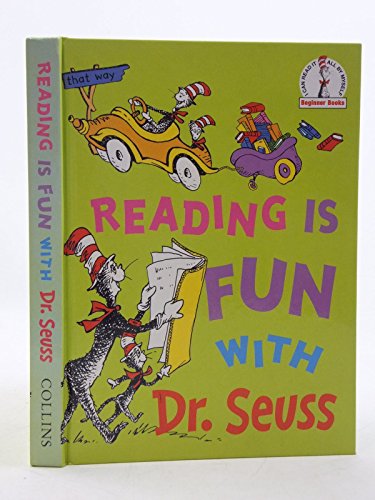
I know my students read the books for their courses. Should I be disappointed that they don’t read as avidly as they did when they were kids? Reading for fun while in college might be a bit of an oxymoron. In our workshop, students read each other’s work. I ask them to be analytical, curious, sensitive, constructive. I know in their other academic classes they read textbooks and 300-page novels from other centuries and scholarly articles about those 300-page novels. Reading can be a bit of a chore when there is so much “required’ reading and so much thinking about the reading.
But what I hope happens in my writing class is that we reignite that love for reading by helping each other craft inviting, appealing, can’t-put-downable essays, stories and poems. To do that, I ask them to bring to mind not only their D&D, video game and Netflix love. I ask them to remember the books they loved as kids. I tell them that I, when scrolling through Facebook, put a book that was recommended by a student or a faculty member next to my computer.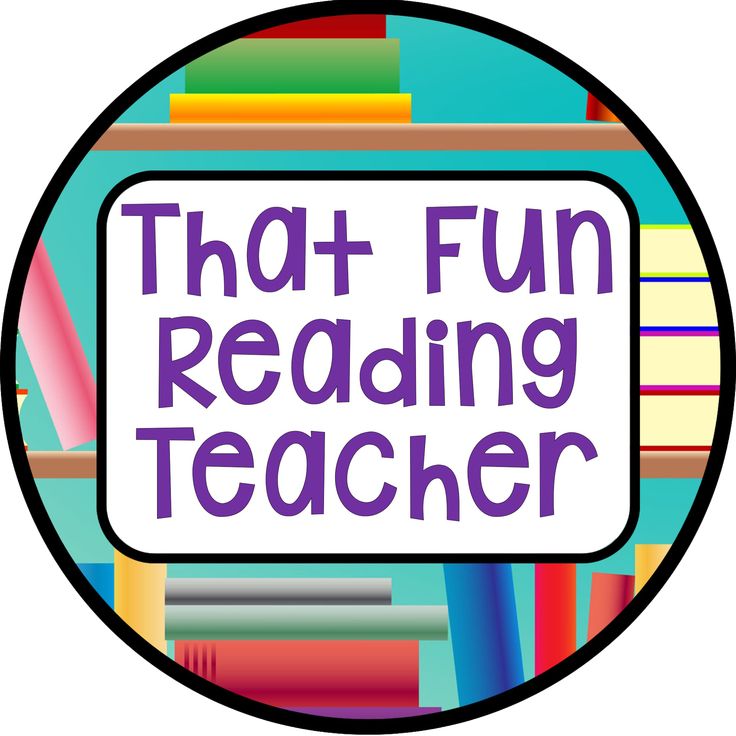 If and when the doom-scrolling runs out of scroll, I pick it up. I walk away from the doom and I remember what it is to be enveloped by a book. I also remind them that Netflix and video game makers need writers and to be good writers, you have to read a lot of books—especially for fun. I imagine students who are not in writing classes can remember what a cozy place a book made for them. Reading for fun exercises a part of our brain very few other activities do because we have the chance to imagine the scenes and characters for ourselves. Reading is freedom! It’s like writing and watching the movie at the same time. A conversation with the author and you in your head. A little trip beyond classes and homework and performing with and for friends. It’s a treat for just you. Treat yourself!
If and when the doom-scrolling runs out of scroll, I pick it up. I walk away from the doom and I remember what it is to be enveloped by a book. I also remind them that Netflix and video game makers need writers and to be good writers, you have to read a lot of books—especially for fun. I imagine students who are not in writing classes can remember what a cozy place a book made for them. Reading for fun exercises a part of our brain very few other activities do because we have the chance to imagine the scenes and characters for ourselves. Reading is freedom! It’s like writing and watching the movie at the same time. A conversation with the author and you in your head. A little trip beyond classes and homework and performing with and for friends. It’s a treat for just you. Treat yourself!
NAU Communications
Free Reading is fun stock photos
animal attractive beautiful
Attractive young male rodent
animal attractive beautiful
Attractive young male rodent
animal attractive beautiful
Cute black male rodent isolated on white background
animal attractive beautiful
Cute black male rodent isolated on white background
Love decorations
give me a kiss
angel black
A pair of angels
Boys toilet sign
squirrel animal mammal
Little boy
Love Amur appreciation
Large yellow rose
Love Amur appreciation
Purple roses
Love Amur appreciation
Large purple rose
angel angelic boy
Trumpet Cherubs
jj butcher flowers nature
Jj Reznik - Love speaks in flowers.
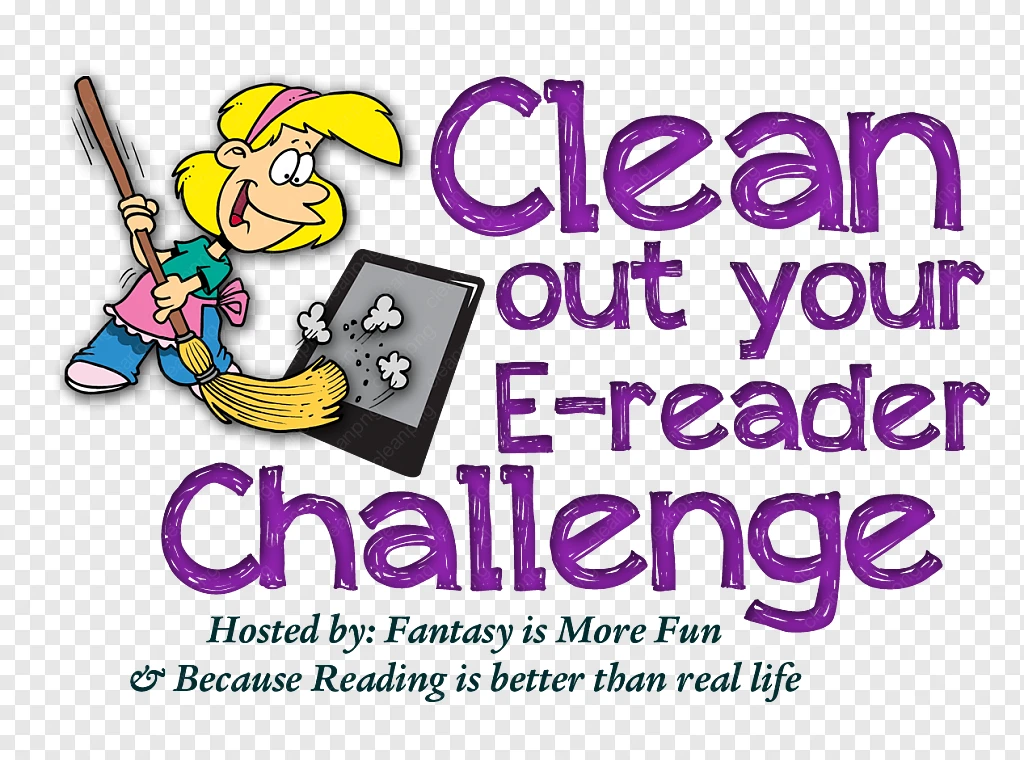
braid doll innocent
Braided blonde-haired porcelain doll
goldilocks doll porcelain
Curly golden haired porcelain doll
doll glamor face
Porcelain doll face close up view
boy birthday birthday cake Birthday party
Race track birthday cake
What to read on holidays: 8 instructive books for schoolchildren
Schoolchildren believe that reading should not be boring.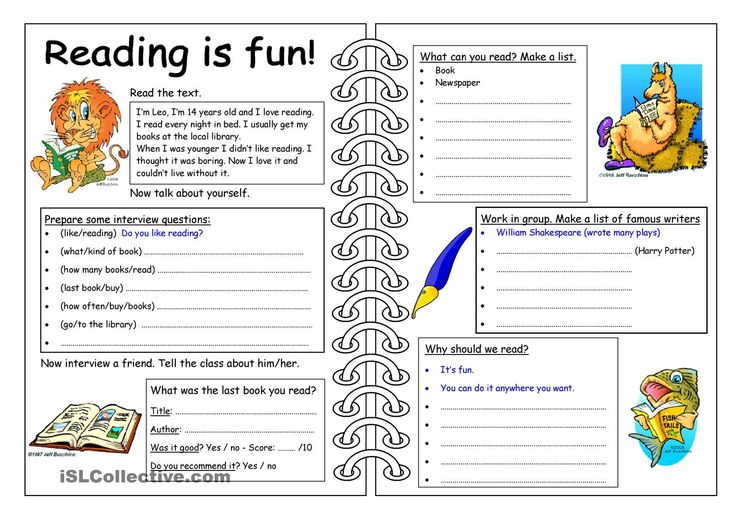 Parents insist that it is also useful. Together with the MIF publishing house, RBC Trends has chosen books that will equally appeal to adults and children
Parents insist that it is also useful. Together with the MIF publishing house, RBC Trends has chosen books that will equally appeal to adults and children
"36 Keys", Nadine Debertoli
Will help develop ingenuity, resourcefulness and flexibility of thinking
A fascinating detective story with ciphers and puzzles. Dimitri and Tessa, along with their mother, arrive at the abandoned house of their great uncle. There, the children find a bunch of 36 keys and dozens of locked doors. What secrets lie behind them? Readers will have to solve riddles to find out what happened many years ago in a huge house.
From the book:
“Next to the bed, on a chest of drawers, stood a strange mechanism. I bet Uncle Eustache made it. The design consisted of gears, tubes, metal balls and a Velcro bracelet, like on a blood pressure monitor. There were some other electronic parts and a plug to turn on the device. What is it intended for?"
Will help you learn to distinguish emotions and build relationships with people
A subtle and poignant story about growing up. Nika is the best student in the class, but she has a secret because of which she never invites her friends over. In her family - loving, but far from ideal - there is a special child. The book tells about friendship and loneliness, trust and conflict, and how difficult it is to understand loved ones and yourself.
Nika is the best student in the class, but she has a secret because of which she never invites her friends over. In her family - loving, but far from ideal - there is a special child. The book tells about friendship and loneliness, trust and conflict, and how difficult it is to understand loved ones and yourself.
From the book:
“I don't want to be different from everyone else. What, not only that I have such a brother? I want to be like them. I want to get a count, deuce, bad. I want to be the whale that made the decision. A huge animal, the biggest, with the biggest head... Like a whale thrown ashore. Yes, thrown out. It's me".
Will help you to accept your own characteristics and understand that all people are different
Alva has an amazing gift: she hears the conversations of animals. To learn how to control abilities, she comes to an unusual school, where every student has a talent: someone makes it rain, someone flies, and someone walks through walls.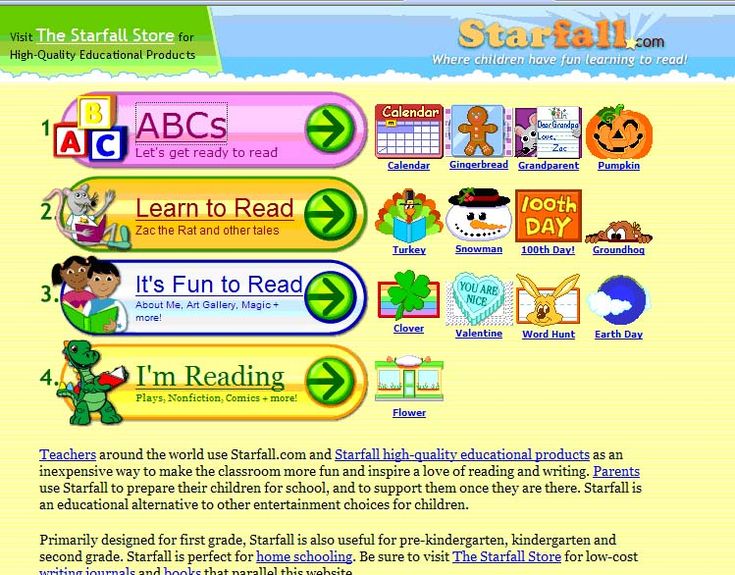 This is the first book in a series that fans of magic and adventure will surely enjoy.
This is the first book in a series that fans of magic and adventure will surely enjoy.
From the book:
“Alva sighed. Unfortunately, she heard that the flies on the windowsill were not just buzzing, but cursing loudly. And besides, she understood every single accusation with which they were thrown. Well, why not listen? And all right, only flies! In a tree outside the classroom window, two squirrels were telling each other jokes. And so funny too! Alva bit her lip to keep from laughing.
Helps to talk about friendship, affection and letting go
Spring is coming to the Siberian village where Natasha lives. And together with her, an amazing guest appears in Natasha's garden - an iceberg, which was brought by an ice drift. He becomes Natasha's pet and true friend. But how long will this friendship last? After all, the days are so hot...
From the book:
“And our summer is like Lena. At one moment, once - and it comes.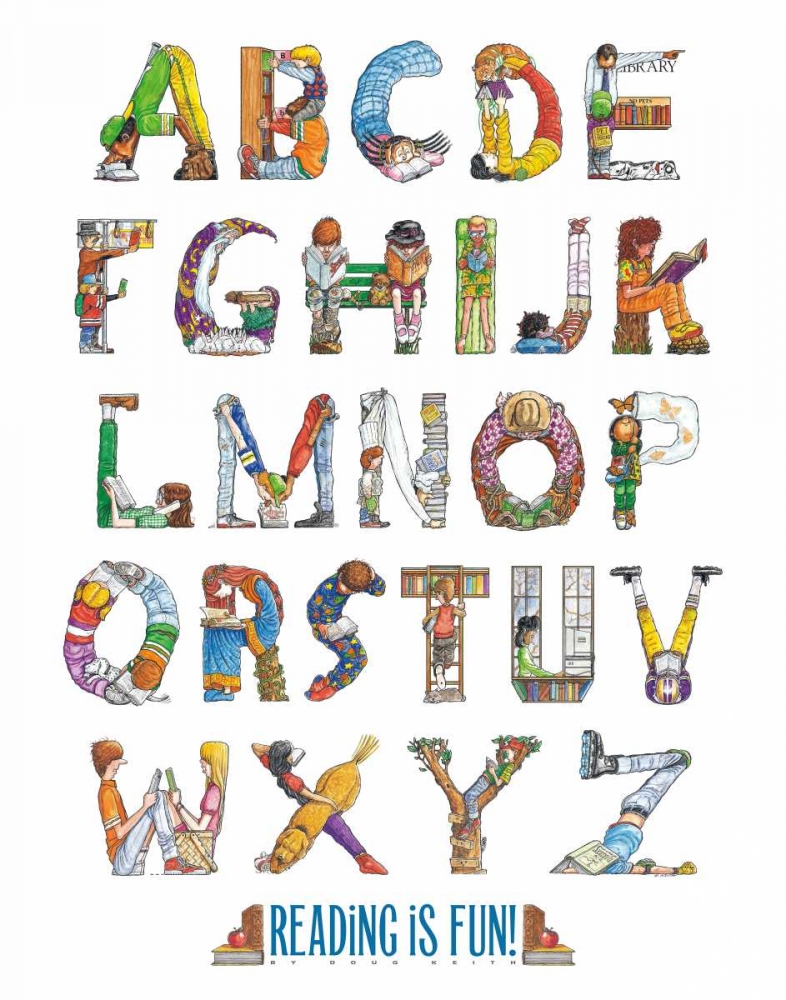 It just snowed. And now it's hot. Some kind of bath! When I'm outside, my teeth are hot. In winter, my teeth froze. And then they started falling out. To replace. I was sorry at first. And now I'm glad that my teeth are smaller. Not so hot in the mouth."
It just snowed. And now it's hot. Some kind of bath! When I'm outside, my teeth are hot. In winter, my teeth froze. And then they started falling out. To replace. I was sorry at first. And now I'm glad that my teeth are smaller. Not so hot in the mouth."
Will help a teenager feel that he is not alone, and that he can find a way out of any situation.
Rikka lives with her mother and stepfather, and her father has a new family. The girl is torn between two houses, and then her best friend fell in love - and now she only thinks about her lover. This book is about the difficult age between childhood and adolescence, when we need support so much.
From the book:
“Rikka felt her mouth go dry and her voice seemed to disappear altogether. She wanted to call out to Lisa, to call, but instead she stood stupidly by the tree, looking at the bark. A bug crawled along the trunk. He had no idea how difficult life is outside of his bug world."
It will help you get acquainted with the culture of other countries, expand your horizons and replenish your vocabulary
Every nation has its own legends - sometimes scary, sometimes funny, and always wise. This book contains mythical creatures from all over the world: from the famous Hercules to the African god of the river Nyami Nyami. You will learn stories and legends, read the most famous fairy tales and be able to see the monsters in every detail thanks to large bright illustrations.
This book contains mythical creatures from all over the world: from the famous Hercules to the African god of the river Nyami Nyami. You will learn stories and legends, read the most famous fairy tales and be able to see the monsters in every detail thanks to large bright illustrations.
From the book:
“The Chimera is said to have lived in the mountainous Lycia and terrified the locals by burning farms and entire villages with her fiery breath. Some people were lucky, and they remained alive after the attack of the Chimera. However, they knew that the appearance of this monster portends something terrible, such as a volcanic eruption.
Helps your child understand that books are fun and fall in love with reading
Emil and Margot are a prince and princess who live in a palace. Their life would be terribly boring if not for the monsters. They live in the forest near the castle - good and bad, fluffy and tailed - and regularly make hilariously funny troubles.